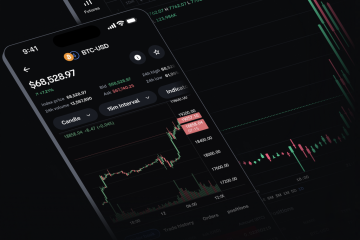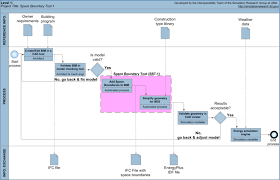An Insight into Pi Network Cryptocurrency

Introduction
Pi Network cryptocurrency has emerged as a unique contender in the rapidly evolving digital currency landscape. Launched in 2019 by a group of Stanford graduates, the project aims to make cryptocurrency mining accessible to all, even those without advanced technological skills. Unlike many cryptocurrencies that require extensive resources and mining hardware, Pi Network allows users to mine coins using their mobile phones. This innovative approach not only democratizes access to digital currency but also builds a significant community of users actively participating in its growth.
How Pi Network Works
The core feature of the Pi Network is its consensus mechanism, which is based on the Stellar Consensus Protocol. Users can mine Pi coins by simply opening the app once every 24 hours and pressing a button to claim their rewards. The mining process requires no computational power, making it highly accessible compared to traditional cryptocurrencies such as Bitcoin. Currently, Pi Network operates in three phases: the initial phase where users mine the currency, the test phase to assess use cases, and eventually the mainnet phase where the coins can be traded on exchanges.
Community Growth and Current Status
Since its inception, Pi Network has garnered millions of users worldwide. According to recent statistics, the user base has exceeded 35 million, indicating strong community engagement. Social media platforms, especially Telegram and Twitter, have been flooded with discussions on the currency’s potential value and future uses. However, it is crucial to note that the Pi cryptocurrency is not yet tradable on major exchanges, raising questions about its current market value and sustainability.
Challenges and Criticisms
Despite its rapid growth, Pi Network faces several challenges. Critics argue that without a clear roadmap for transitioning to a fully functional cryptocurrency, the project risks becoming obsolete. Furthermore, concerns regarding the security of users’ data and investment are prominent since it operates in a pseudo-capitalistic environment where most features are still in the testing phase. Some skeptics have also raised issues about the value proposition of Pi coins, given that they currently have no established monetary value.
Conclusion
Pi Network stands at a pivotal junction within the blockchain ecosystem. As it continues to develop and evolve, the project promises to revolutionize how digital currencies are accessed and utilized. With an extensive and ever-growing user base, the potential for future value creation exists, but challenges remain that need to be addressed. As users remain engaged and the project matures, the cryptocurrency community will be watching closely to see if Pi Network can deliver on its ambitious vision and secure its place in the digital currency market.









